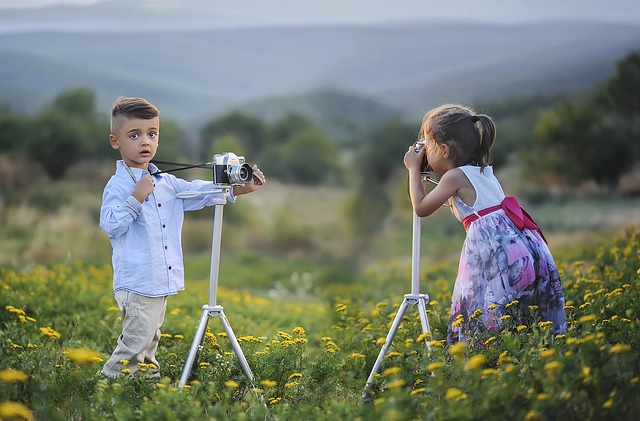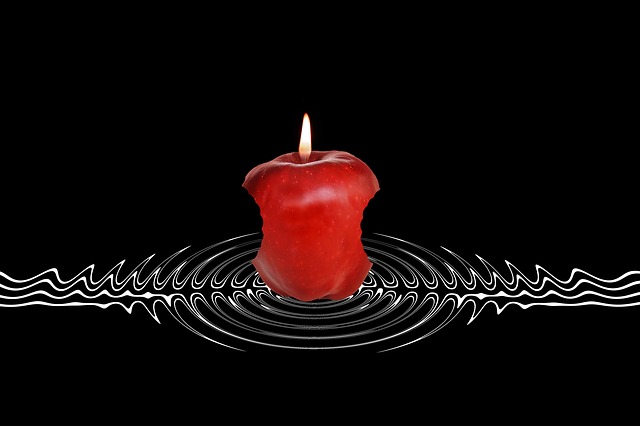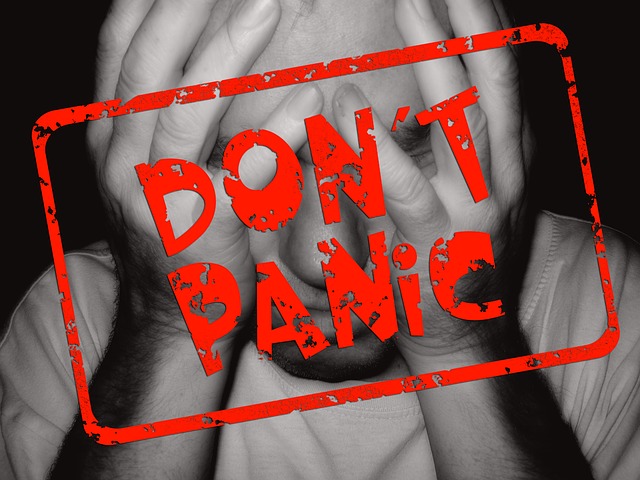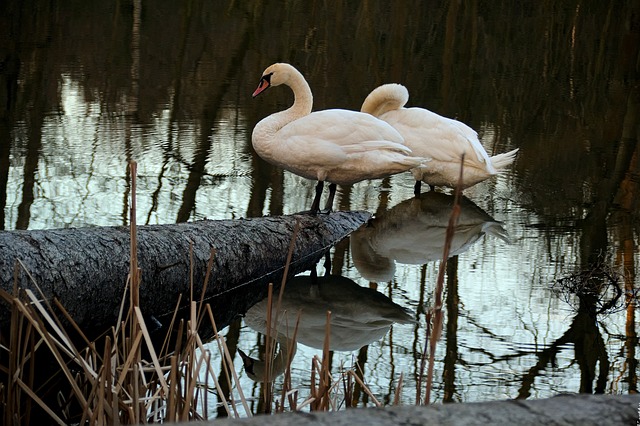Seth Godin – the famous internet marketer, author and daily blogger – suggests that if we have personal safety, good health and food to sustain us, we are living with surplus in our lives – we have spare time and energy to devote to making a contribution to others and to the community at large.
In a recent blog post, he challenges us to think about how we will spend our surplus:
You have enough breathing room to devote an hour to watching TV, or having an argument you don’t need to have, or simply messing around online. You have time and leverage and technology and trust.
When you stop to think and reflect on your life, you begin to see what eats up your time. Some things become a compulsion – they take over your life. Meditation and other mindful practices can help you to see how you spend your time and help you to identify ways to expend the surplus that should be in your life.
Mindfulness also enables you to understand the leverage for change that you do have and to appreciate the trust that you have built up over time. Technology, itself, provides incredible leverage power and opportunities to build trust and relationships. So whatever your surplus situation, as Seth suggests, there is opportunity to contribute – rather than just consume.
When you move into semi-retirement as I am starting to do, you have even more surplus on your hands. It’s a challenge expressed eloquently by Jeri Sedlar and Rick Miners in their book, Don’t Retire, Rewire. They argue that on retirement you have to find creative ways to expend the energy that you previously used in your work environment. If you don’t find a way to use this surplus energy, your energy reserves can decline rapidly and you can also find that your life loses meaning.
When I confronted this challenge of using my surplus, I decided that a key way for me to contribute to others is to help people to grow in mindfulness through this blog and mindful workshops I run. This way of spending my surplus enables me to utilise the core skills I have developed over my life – writing, researching and facilitating workshops – to help others deal with the winds of change in their lives and to build resilience, wellness and mental health. Hopefully, it will also help others to overcome or stave off depression.
Of course, one of life’s lessons is that true happiness and fulfilment comes from helping others. While my plan is altruistic, it also has resounding benefits for me – it gives meaning to my life; helps me to learn, grow and develop my mind; keeps the need for personal mindful practice at the forefront of my mind; and staves off depression (that can be precipitated by loss of work identity).
So, how will you answer Seth’s challenge – what will you do with the surplus in your life?
Image source: Courtesy of fancycrave1 on Pixabay










